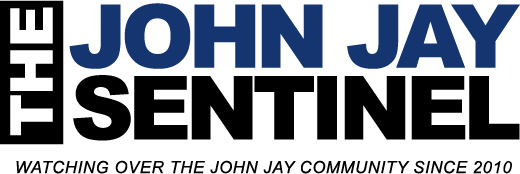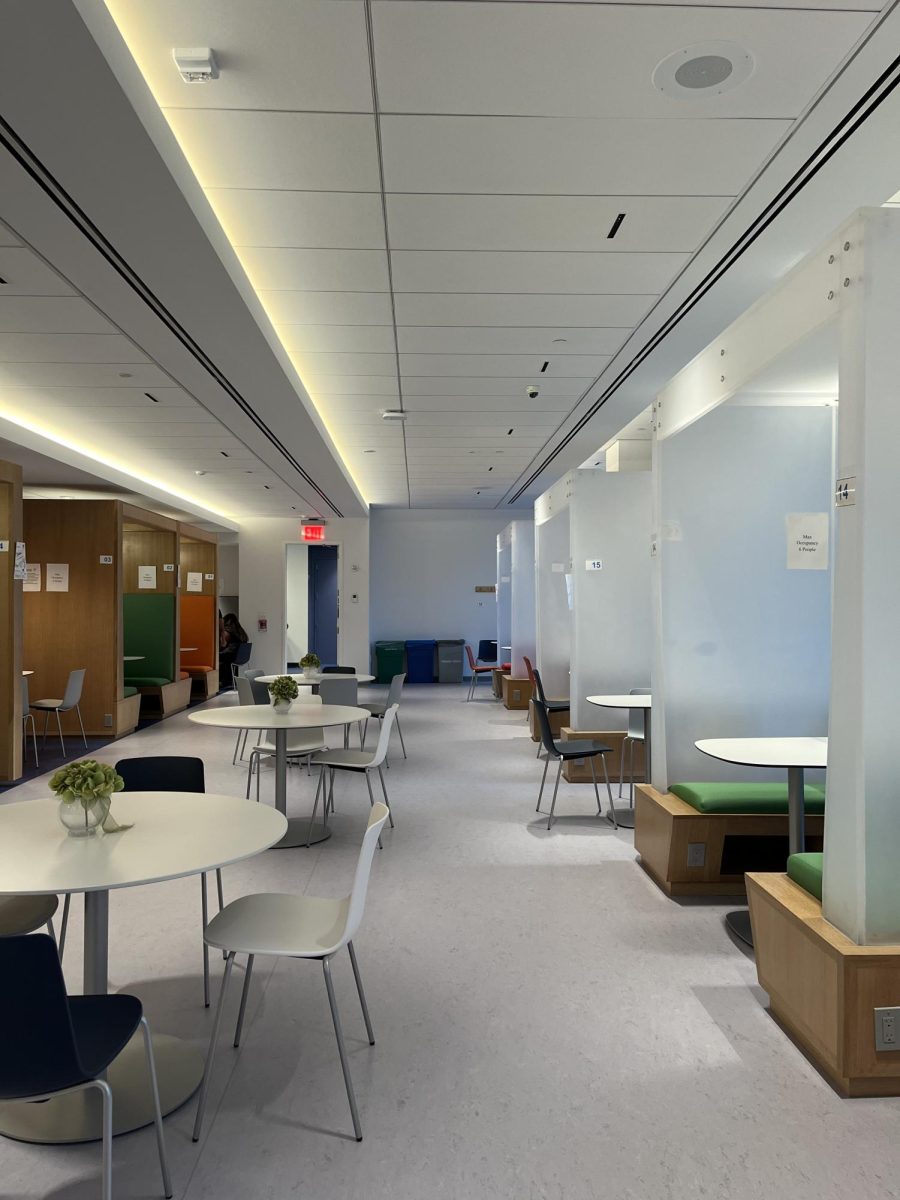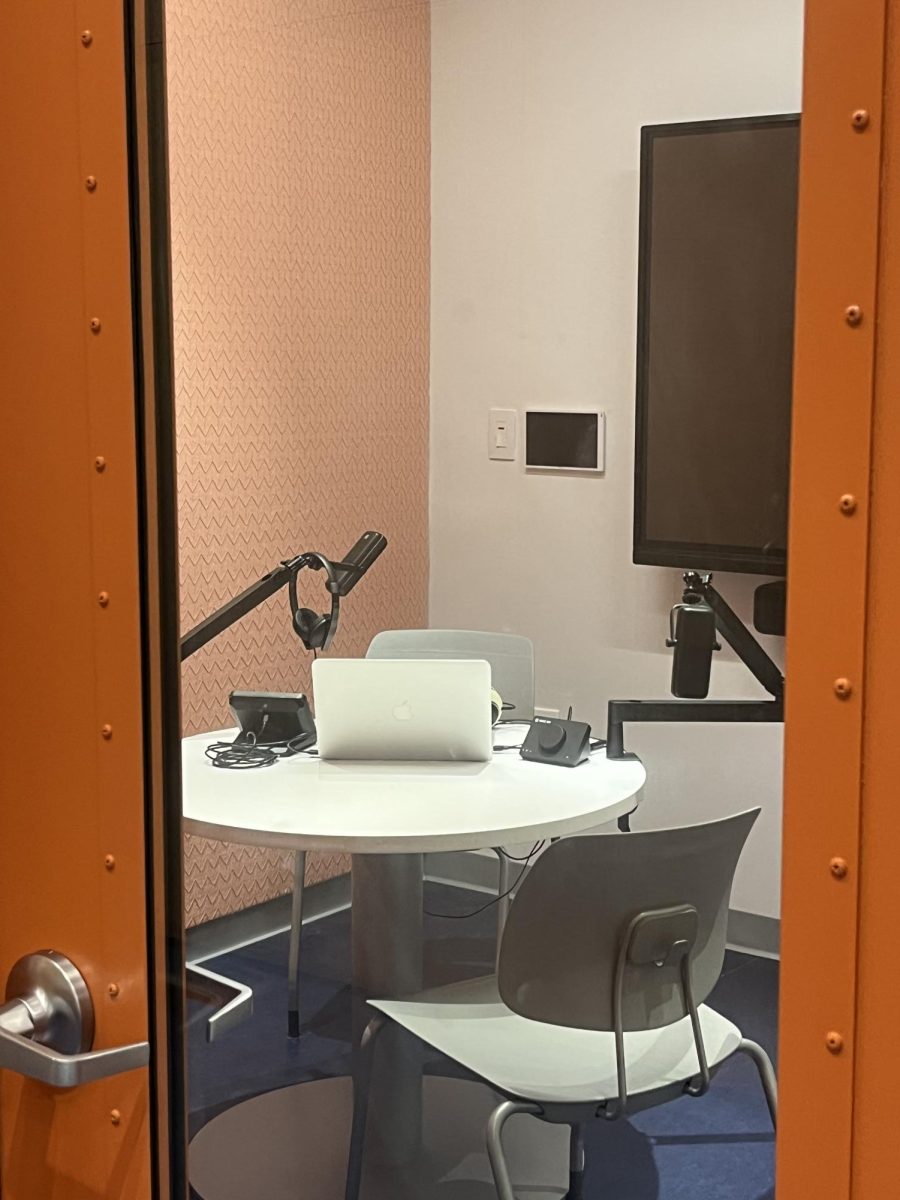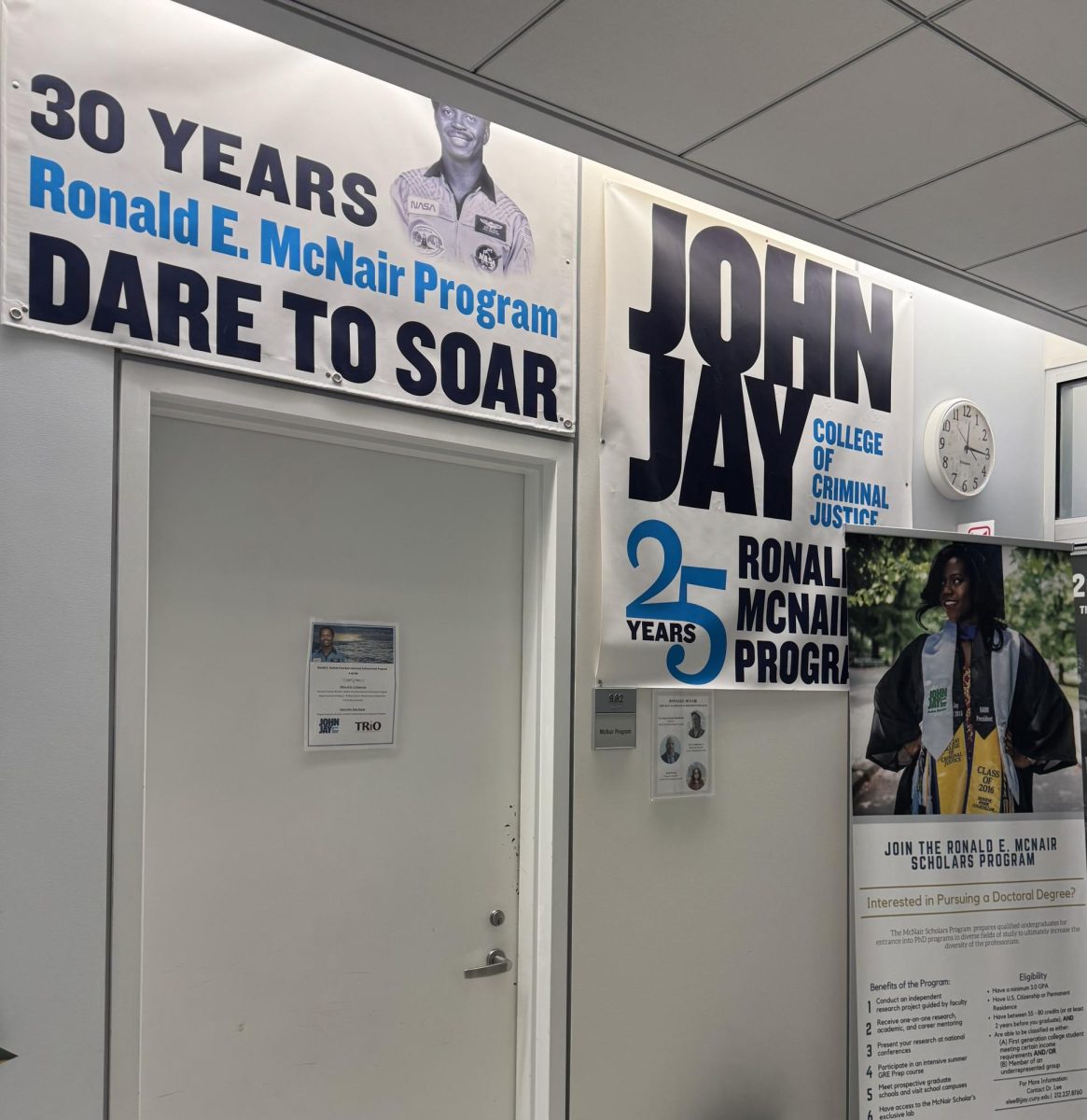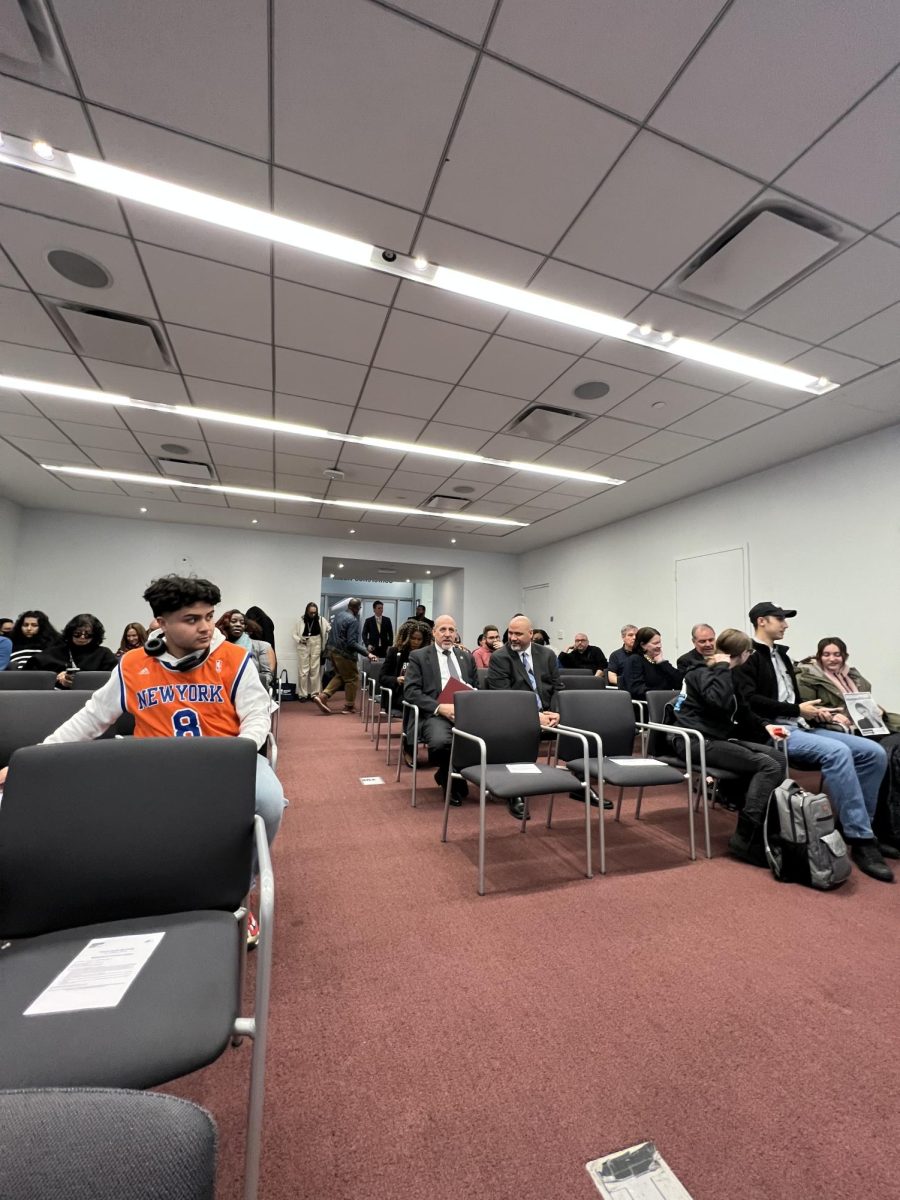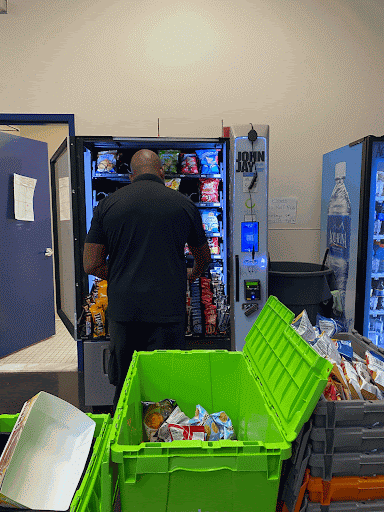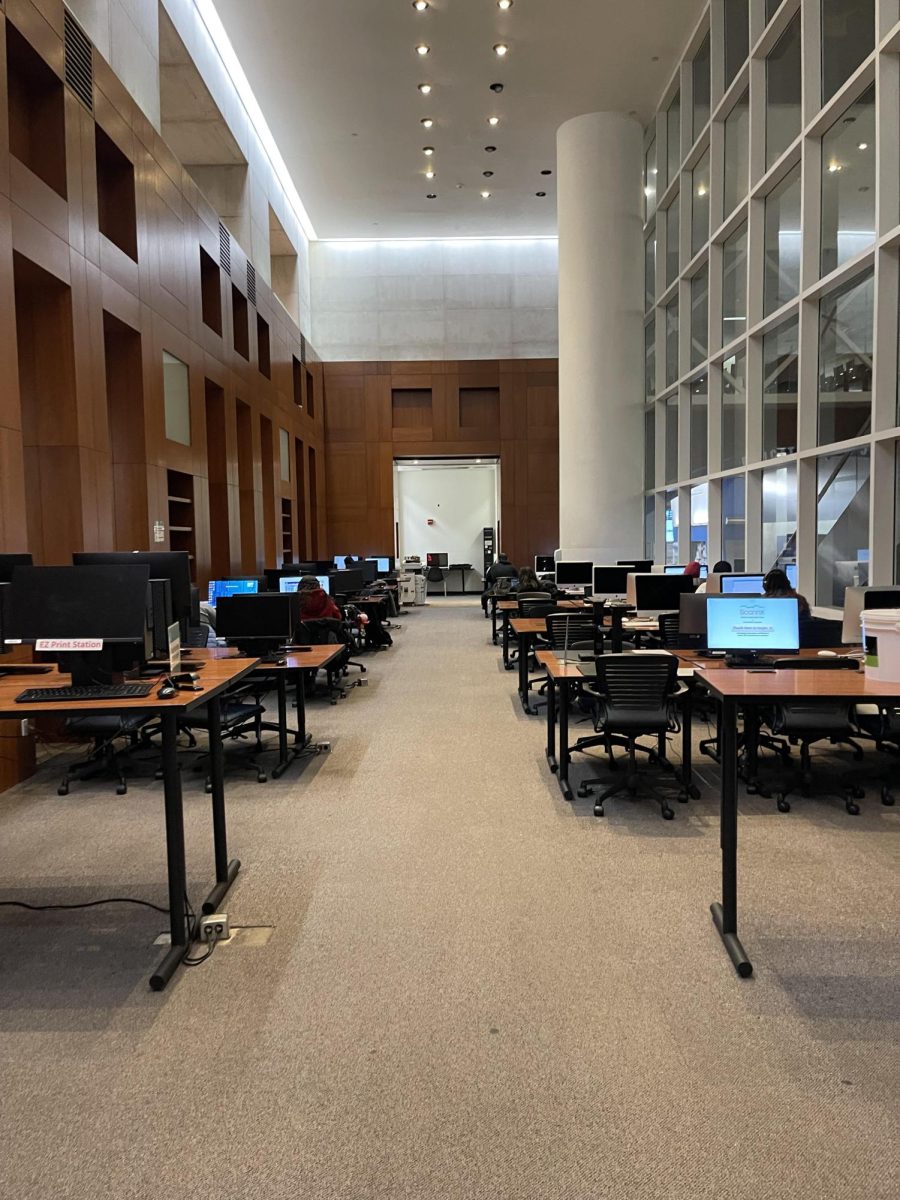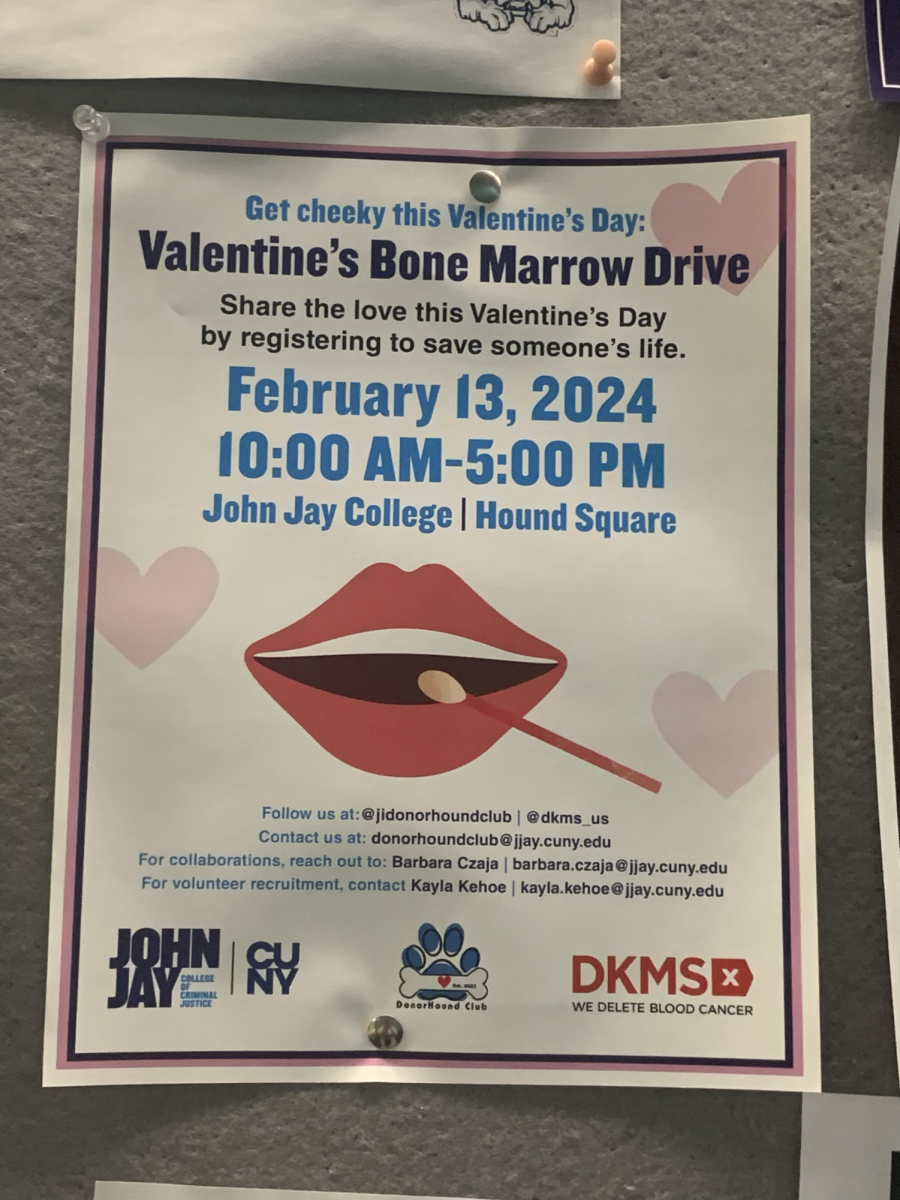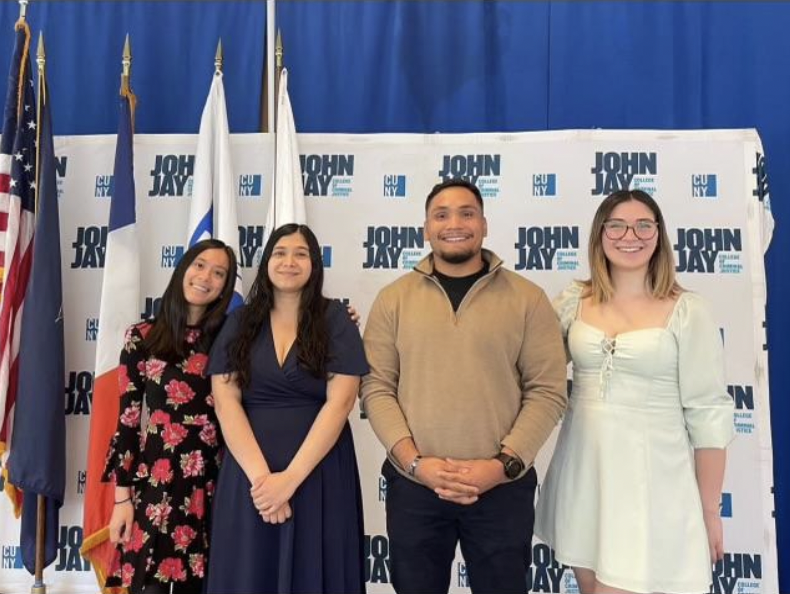After years of declining attendance due to the pandemic, student clubs at John Jay College are experiencing a resurgence in members and overall activity. The number of organizations is increasing, with both reactivated and newly established clubs reshaping student engagement.
The college is seeing a renewed interest in student-led initiatives, with students taking on leadership roles and seeking spaces to build campus communities. However, this growth comes with challenges, including funding limitations, space allocation, and leadership transitions.
A key factor in this resurgence is Club Row, a newly designated space on the L2 level designed to support student leaders. Opened in early February, it features custom booths, storage lockers, and multipurpose rooms equipped with AV and Zoom capabilities. It serves as a workspace for student organizations, aiming to strengthen student involvement by providing a centralized location for meetings, event planning, and collaborative activities.
Zayn Acon, Student Life Coordinator and John Jay alum, reflected on the significance of the space.
“When I was an undergrad, I didn’t get to see this place because it was under construction. Now, it’s here, and it has a lot to do with the engagement part of student organizations,” they said. “It’s a space that inspires newer students to get involved,” said Acon.
The introduction of Club Row has given organizations a designated hub, but managing space allocation has proven to be a challenge. The distribution of space is determined through a lottery system, with designated spaces reserved for certain clubs. Free periods allow student organizations to reserve the area as needed.

Despite these logistical hurdles, Acon noted a significant increase in students seeking to join or reactivate organizations.
Among the newly established clubs is Women Who Workout, a club that promotes fitness, wellness, and body positivity. The club organizes group workout sessions, wellness discussions, and events focused on mental and physical health.
Moesha Masters, the club’s treasurer, shared its mission.
“This club was created to break stigmas against a male dominated activity. We want women to feel more inclined and encouraged to work out. Not only do we support each other on our own fitness journeys, we also stay active together,” Masters said.
Another new addition is the Fashion Club, which provides a space for students interested in style and design to collaborate on creative projects, discuss industry trends, and showcase their work through campus events.
Aneesa Thomas, Chair of the Committee on Clubs (COC), has been involved in supporting the growth of student organizations. The COC, which oversees club operations, has been revising its guidelines to provide more clarity on club responsibilities and ensure organizations have the resources they need to succeed.
“We’re working to rebuild team leadership and expand opportunities for students,” Thomas said.
One of the biggest challenges student organizations face is leadership turnover. As executive board members graduate, clubs often struggle to fill key positions, leading to periods of inactivity or even dissolution.
“A lot of times, clubs fall apart because executive board members don’t fulfill their responsibilities. Everyone has to do their part,” said Thomas.
To address this issue, Thomas highlighted a leadership training implemented over the summer to help clubs transition smoothly between leadership teams. The training provides guidance on club management, event planning, and financial oversight, equipping new leaders with the skills needed to sustain their organizations.
Beyond leadership challenges, funding remains a critical factor in sustaining club operations. The COC allocates budgets through a tiering system that categorizes clubs based on their membership size and activity levels. There are three tiers—small, medium, and large—determined by the number of active members and prior funding usage.
“This year, we had limited funding, but we were still able to allocate money to over 61 clubs,” Thomas said.
To remain eligible for funding, clubs must maintain at least 15 active members. Those in need of additional support can submit funding requests with justification. The allocation of funds is monitored, with COC members attending club events to evaluate how budgets are used.
Some organizations rely heavily on funding for event equipment and contractual services while others operate with minimal financial resources.
In addition to financial considerations, recent efforts have been made to streamline administrative procedures.
The COC is working on digitizing the application process for club events, aiming to reduce paperwork and allow student leaders to focus more on programming rather than bureaucratic hurdles.
“We’re hoping to implement this by next fall,” said Thomas.
The transition to a digital system is expected to simplify event approvals, improve record-keeping, and make it easier for clubs to coordinate with Student Life.
As part of the broader push to revive student engagement, efforts are also being made to reactivate previously inactive clubs. Acon expressed particular enthusiasm for the return of John Jay Dreamers, a club that has been inactive for some time.
“I’m really looking forward to seeing the John Jay Dreamers reactivated—we need it now more than ever,” they said.
The club’s return is part of a larger effort to create spaces that support students with diverse needs and interests, particularly those from immigrant backgrounds.
With student organizations continuing to grow, the challenge moving forward will be ensuring sustainability.
While Club Row provides a valuable physical space, and funding structures are being refined, the success of student organizations ultimately depends on participation. Acon emphasized that student involvement is key to fostering a sense of community at John Jay.
“Student organizations play a huge role in making college feel less overwhelming. It’s a way for students to find their people, get involved, and make the most of their time here,” they said.

